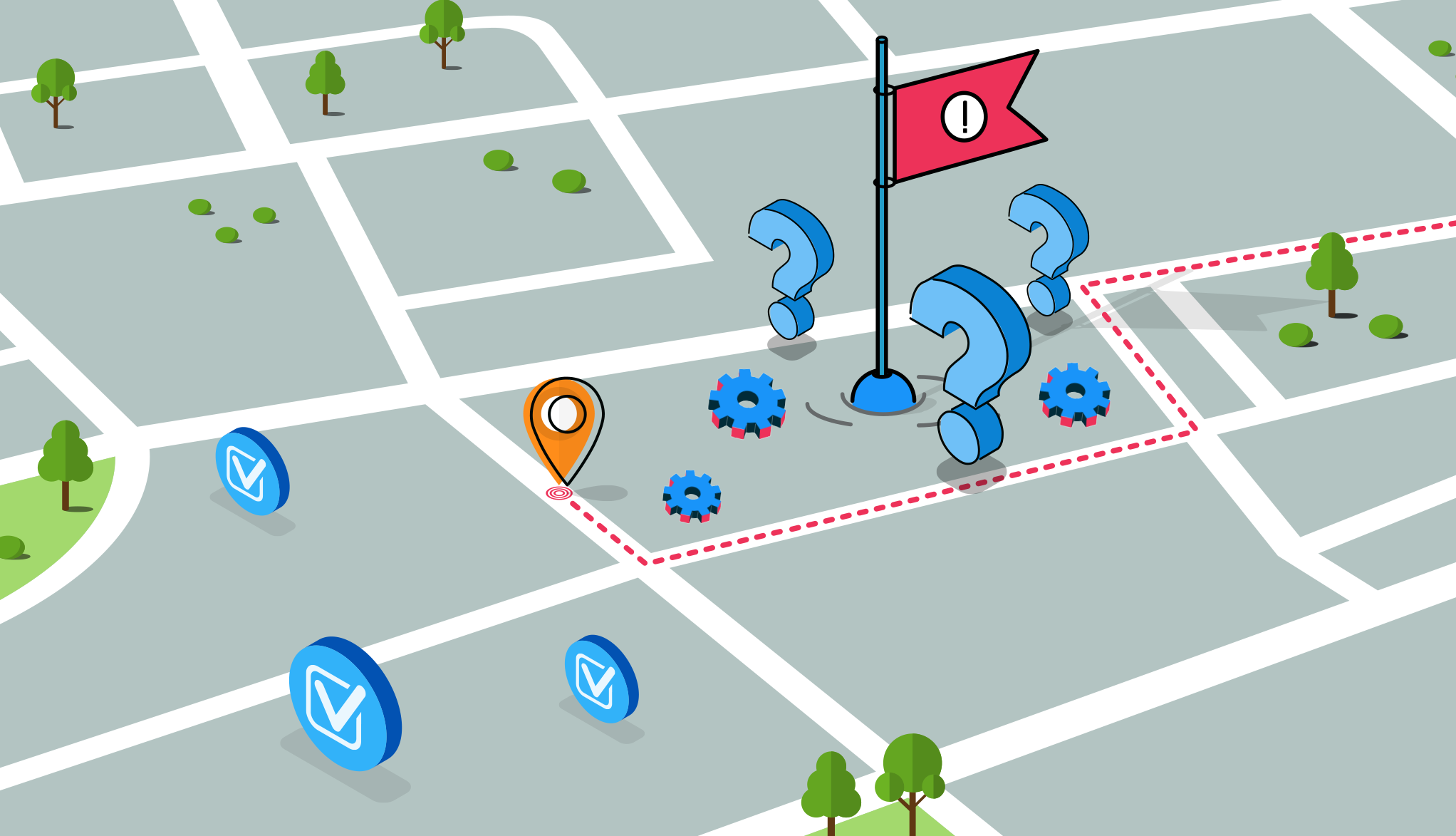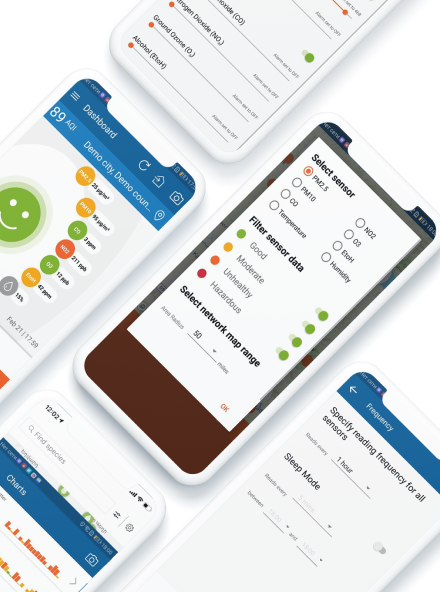
Comparing Software Development Proposals: Red Flags & Warning Signs
14 Nov 2023

Ever since the world has gone remote, many companies have turned to software outsourcing, since keeping an in-house team that works from home is more or less the same, only more expensive. As a potential outsourcing client, you’ve done your due diligence – you searched the internet for reputable software companies, checked their reviews on Gartner’s Peer Insights or Clutch, filled out several contact forms, went through hours of online calls describing your solution to the potential candidates, and are now likely facing several proposals, all vastly different from each other with regards to the estimate. While your first instinct might be to go with the least costly option, beware that sometimes cheaper becomes “too cheap.” This is why you should do yourself a favor and evaluate whether you’re falling into a trap or whether the deal you’re getting is actually a winner.
Red Flag #1: The Proposal Was Too General

If you see the entire development cost lumped into one nice sum, chances are, the software vendor didn’t take the time to really get to know you and your project. In which case, how confident are you that they won’t go over the cost or over budget or, for that matter, even be able to deliver what you had in mind? Unfortunately, many clients realize that they’ve partnered with the wrong software provider only when they run into major communication issues and realize the huge chasm between their expectations and reality.
It is worth noting, that a software development estimate is just that – an estimate. No company will be able to provide you with an exact number. Experienced companies, with hundreds of completed projects under their belt, are more versed in providing estimations that come quite close to the actual cost of the project. Generally, they won’t be breaking down the cost of your project feature by feature, rather focusing on the development stages and project intricacies. What we mean by that is, you should expect a reputable software development company to be honest with you in discussing your project limitations, so that you aren’t left blindsided and know exactly what to expect.
As a rule, when we prepare a proposal at VOLO, we break it down by processes, development phases, and the team composition for each phase, so that you know exactly what to expect. The goal is to give you an estimate we can actually commit to (unless you require major changes during the development process).
Red Flag #2: The Proposal Came in Too Fast and Easy

If receiving a software proposal was too fast and easy, something ain’t right. Why? Because software solution requirements are often unclear and complicated, which means you can’t just whip up a proposal overnight. In this case, it usually means that a vendor is trying to land a project by giving you a rough estimate. Whether they will be able to deliver on their promise or not remains to be seen later. But are you willing to take that chance?
In custom software development, every client has its own set of needs and every project is to some degree unknown. Even if you do your homework up front through careful planning and documentation, there will still be questions and ambiguities regarding your future software solution that are likely to affect the time and cost estimate.
So let’s delve a little deeper into the most common scenarios.
Team Extension: If you are looking for a straightforward team extension or augmentation, this type of proposal is the easiest to produce and will typically be ready within one day. You are simply to be given rates for the services of the type of software professionals you’re seeking.
MVPs and/or Smaller Scope Solutions: If the scope of your requirements is limited and clearly defined, such as is usually the case for MVPs or smaller development projects, then it usually takes three to five days to receive an estimate. However, it may take a couple of additional calls with our business development team and/or software team lead to really hone in on the requirements and iron out any questions.
Complex Software Solutions: In case of large-scale software projects with complex requirements, when the client comes well prepared with thorough documentation, it typically takes several calls with one of our software architects in order to finalize and confirm the scope of the project and send in the proposal. This might take anywhere from one to two weeks.
Often enough, when it comes to custom software development, many clients come with an idea, but either they aren’t clear on the software requirements or they don’t come from a technical background per se. In such cases, they often opt to engage in our consulting sessions and business analysis workshops that are designed to help them define the needed features and fix the project scope, which usually takes two to four weeks.
Red Flag #3: The Software Development Rates Look Too Good

If you received rates that are too good to be true, they probably are. As you sift through the development offers you’ve received, be mindful of the cost to quality ratio. You are probably thinking, “But how would I know that by just looking at the rates?” Well, here are some things to keep in mind.
Outsourcing Team Salaries: The ballpark salary range of the country you are trying to outsource to is a pretty good indicator of what you can expect on your estimate. If, let’s say, you’ve received an offer for a 5-month project, the price estimate of which barely covers the net salaries of the team involved, something clearly doesn’t add up and makes you raise an eyebrow. If the company is going to incur financial losses through developing your software project, what exactly is it trying to accomplish by offering you such a low estimate? Can they really provide the quality you’re looking for? Or is it a scheme to draw you in only to charge you “unforeseen costs” down the line and have you realize that it’s too late to abandon the project that you’ve already invested so much time and effort in and one that is already partially completed?
At VOLO, our success hinges on our reputation. We are often asked why our estimates are typically higher than those of most of the other players in our market. Well, because while we can deliver an app within a $10K-$20K range, we don’t want to. It’s not feasible to guarantee quality and deliver a product that would make us proud and bring us business down the line.
Location: The cost of living and salaries vary from one country to the next, so, naturally, the rates you receive will, for the large part, be a reflection of that. Location also plays a role if you’re adamant about working with a software company that’s close to or in the same time zone as you are or if you want to meet your outsourcing team in person every once in a while. If you prefer nearshoring, meaning if you are a US company looking to outsource to a US software vendor, you might be faced with even higher development cost estimates.
The People: If you decide to trust a team with an enterprise-level project, make sure you actually like them. If you are trying to get a feel for how a company operates, it’s a good idea to ask about how it treats and invests in its employees.
- How do they source talent?
- What are their retention rates as compared to the industry average?
- What is the range of professional services that they offer with regards to covering the full software development lifecycle?
- What is the seniority level of the staff?
- Do they outsource some of the development services themselves or do they have the needed talent to deliver all aspects of your software system?
At VOLO, the quality of our talent is our greatest pride. We understand that in order to continue to provide top-notch software development services to our partners, we have to invest in an environment of continuous learning and improvement for our employees.
Tech Stack: The programming languages indicated in the proposals might also have an impact on the cost. For example, .NET development typically costs more than PHP development, but offers benefits in terms of robustness and scalability. It all depends on what the specificities of your project call for.
Freelancers vs. Companies: As a rule, freelance software developers will provide lower rates than companies will. After all, they don’t have the same overhead costs as a company. But, the problem is, they won’t be able to guarantee you the safety, security, and the peace of mind, as a reputable software development house would. Freelancers are not the best option when it comes to outsourcing complex projects that will require support down the line or ones that will evolve and advance over time. However, if you’re looking to outsource some non-business-critical development projects, then they may be the right option for you.
Experienced software development companies have time-tested processes in place that work like a well-oiled machine and ensure high-quality solutions. With their cross-functional capabilities (development, Business Analysis, Project Management, System Architecture, Quality Assurance, etc.), they are equipped to handle high-quality development, deployment, and ongoing support of your software system. Based on their amassed experience, they can also provide consultation to give you additional value.
Good Knowledge of English: Good is a relative term and may conveniently mean different things to different people (and companies.) For the sake of avoiding vagueness, let’s put it this way: you’re going to be communicating with your outsourcing partner on a regular basis. Save yourself the headache, and make sure to hire a team that will make this process as painless for you as possible.

Final Words
With the right marketing techniques, a company can fake many things, but it can’t fake a reputation. As you’re doing your research on potential software outsourcing vendors, check to see whether you can find data to back up their claims. Read their case studies, look for references, and try to contact their past clients to ask about their experience with the company.
You’ll notice that the most experienced companies ask more questions and produce more detailed proposals as opposed to rookies, who make big promises without any clarity or depth.
More helpful resources for you to dwell on:
- Outsourcing vs. In-House Development in 2024: A Comprehensive Analysis
- Outsourcing vs. In-House Software Development for Companies in the Commodities Industry
- Our Take on Software Development Outsourcing: An Interview with Armen Kocharyan
- The Team You Should Expect from Your Software Outsourcing Partner
- Exploring Armenia's IT Landscape: A Compelling Case for Outsourcing Software Development
- Your Complete Guide to Software Development Outsourcing
- How to Decide Between Offshore, Nearshore, and Onshore Software Outsourcing: Five Things to Consider



